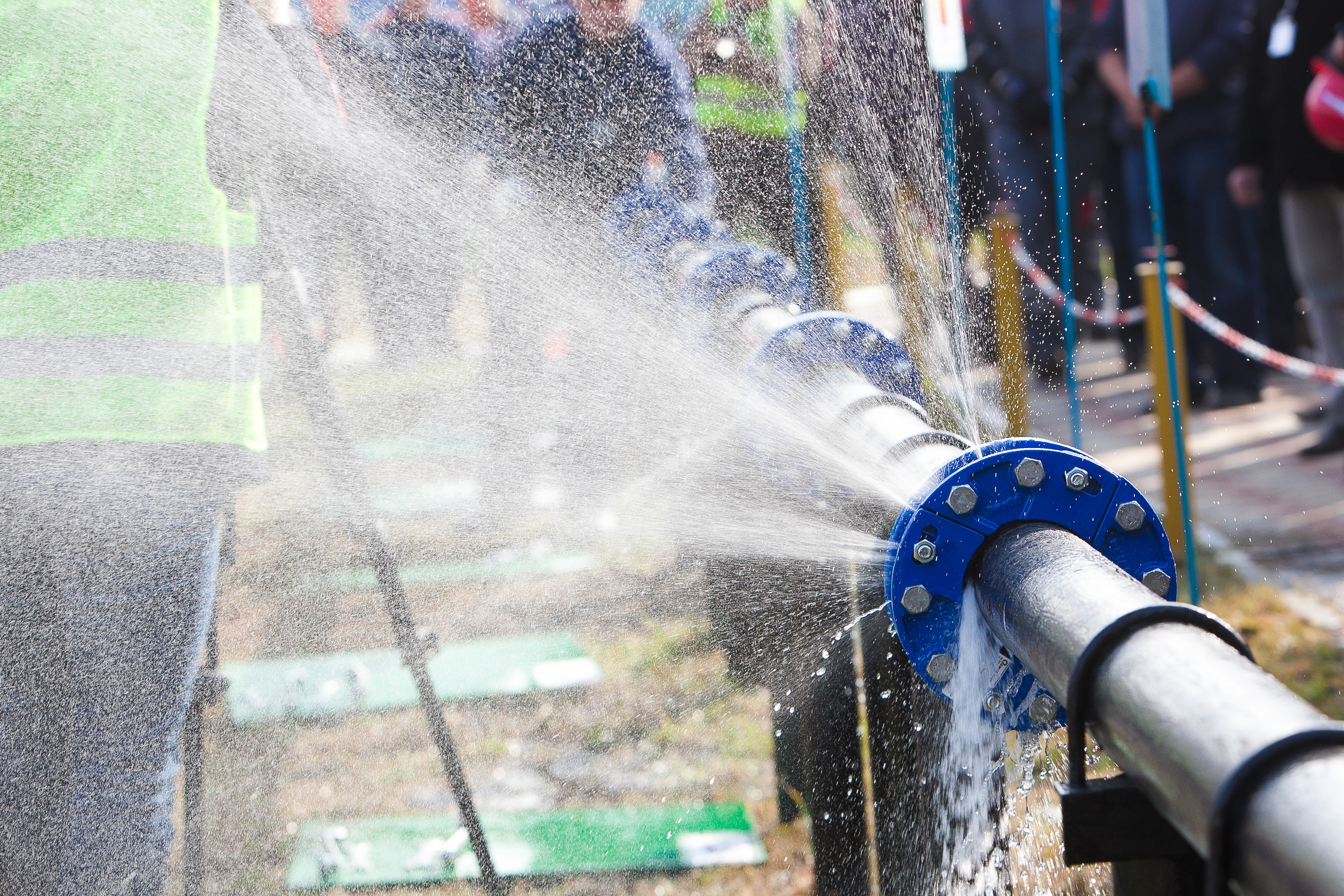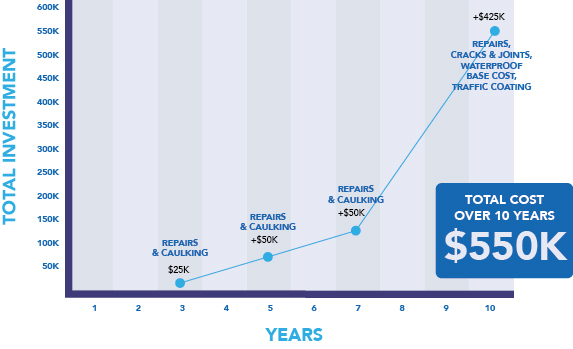Arming Your Property Against a Natural Enemy: Water

Natural elements cause extensive damage to buildings. Due to the Colorado climate, we experience all of the most common damaging weather elements that property owners and managers need to plan for as they typically have an immediate impact on the condition of a property. Water and freezing damage are the secondmost- common commercial property
insurance claims, but many owners and managers do not budget for protecting against water penetration.
Water from rain and snowmelt infiltrates a building’s structure, and can have an immediate impact on a building, or may also slowly cause damage over time. If left untreated, water can create serious health hazards and even erode the components of the building, causing structural deterioration.
Roofs, pool decks, balconies, elevated walkways, window and building sealants, and parking garages are the main areas multifamily properties should focus on when protecting their property against water damage. These areas can experience heavy traffic and are subject to the elements which cause accelerated degradation and can lead to high-cost repairs.
Typically, many of these areas are made of concrete. Concrete is porous and absorbs water. If not properly sealed and maintained, it can crack and break, deterring visitors from entering your facility and even posing potential safety hazards.
 (Figure 1)
(Figure 1)
Protecting your building against water intrusion with proper maintenance can ensure your tenants stay safe and may save you from incurring costly repairs. To fully understand the cost implications of maintaining versus repairing a concrete surface, let’s use the example of a 50,000 sq. ft. parking structure with a waterproof traffic coating versus figure 2 of a garage with deferred maintenance over ten years. The total 10-year cost to properly maintain a 50,000 sq. ft. parking structure could be approximately $360,000. See figure 1 for reference.
 (Figure 2)
(Figure 2)
If this parking structure is not regularly maintained with a waterproof traffic coating and the maintenance is deferred for ten years, or if only caulking and isolated patching are performed within those ten years, the structure will need additional costly repairs. Without this coating, water continues to seep into the concrete - corroding the steel and causing structural damage. Caulking and isolated repairs are a cost-effective approach for treating visible areas. However, it will not address the root cause of structural degradation - water penetrating the concrete. Deferring maintenance could increase the overall cost to maintain the structure to approximately $535,000 or more. See figure 2 for reference.
It is recommended to budget $150 to $500 per parking space per year for operating expenses and maintenance needs of a parking garage. To extend the life of the structure, it is critical to create and update a budget for these costs and also conduct routine maintenance, including traffic coatings every 5 to 10 years, concrete repairs, structural strengthening, and caulking.
Ultimately, budgeting for preventative maintenance of concrete and other elevated surfaces can help extend the useful life of your property, which helps attract and retain tenants and saves you money long term.
